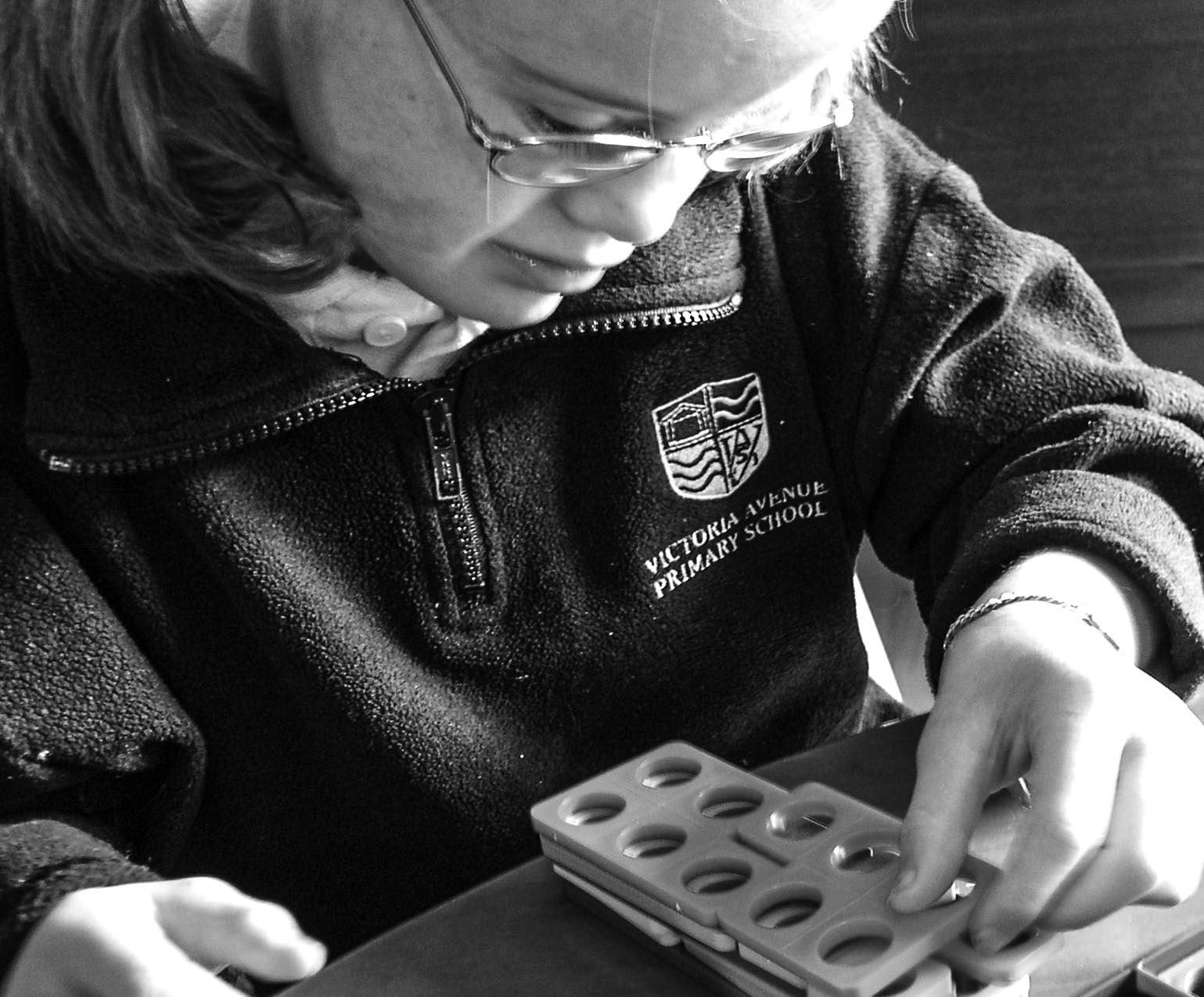Genuine inclusion key to successful primary school education In her third article on education, Margi Leech provides tips for families to get their children truly included and get the most out of their time at primary school. Children and young people learn best when they feel accepted, when they enjoy positive relationships with their fellow learners and teachers, and when they are able to be active, visible members of the learning community. Enacting Te Tiriti o Waitangi principles, inclusive learning communities do the right thing by learners and communities (tika), with integrity (pono) and with care and sincerity (aroha). Some schools are following an approach, the Universal Design for Learning. You can read more about it on the TKI website (inclusive.tki.org.nz).
CHAT 21 | Issue 79, Spring 2019
The guidelines enable teachers to understand and practise inclusive education. These key features are seen in every school and provide multiple means of: • Engagement – the ‘why’ of learning • Representation – the ‘what’ of learning • Action and expression – the ‘how’ of learning. We know from our experience that schools and teachers are on a continuum of practising these beliefs. This information will help you in your discussions with schools especially in writing IEP goals.
32












